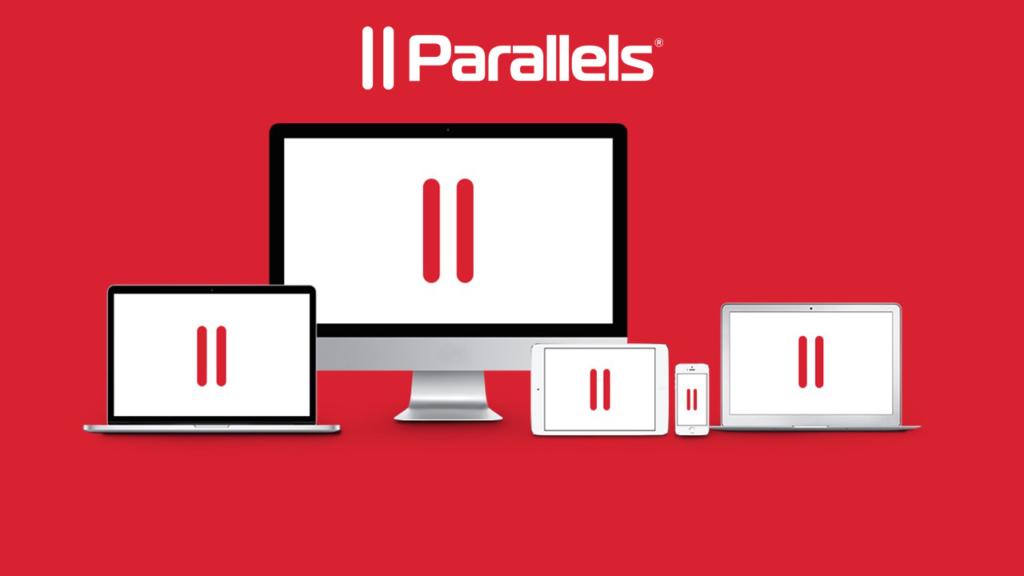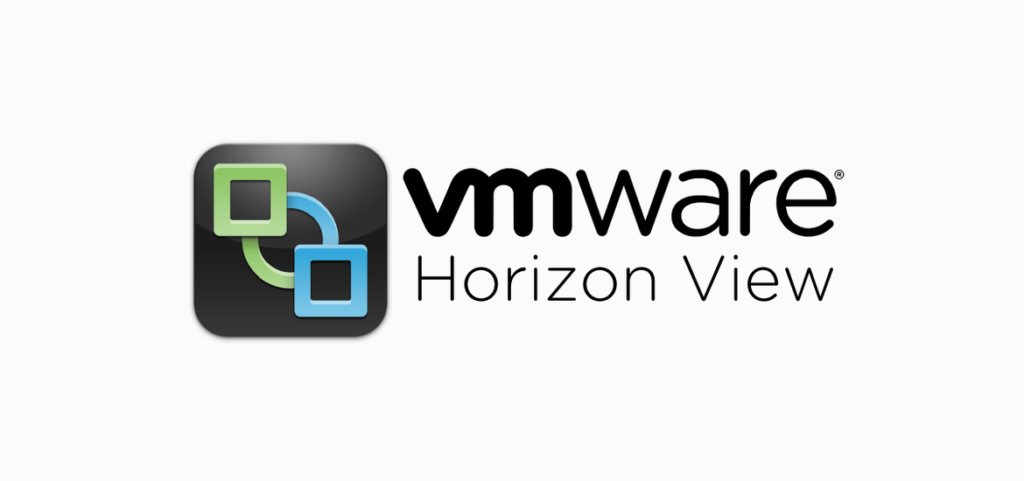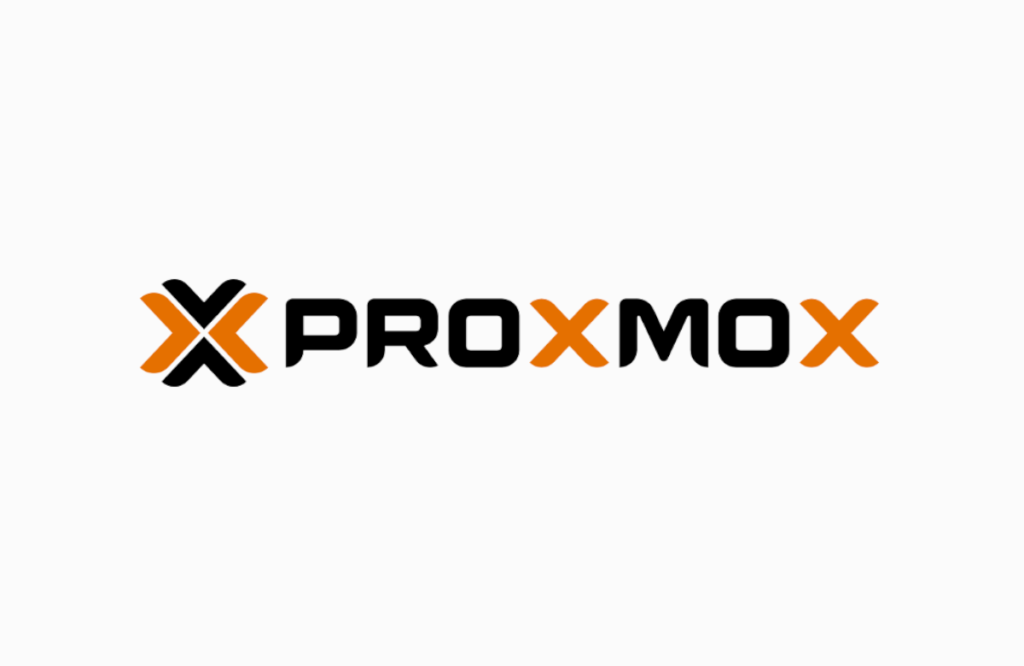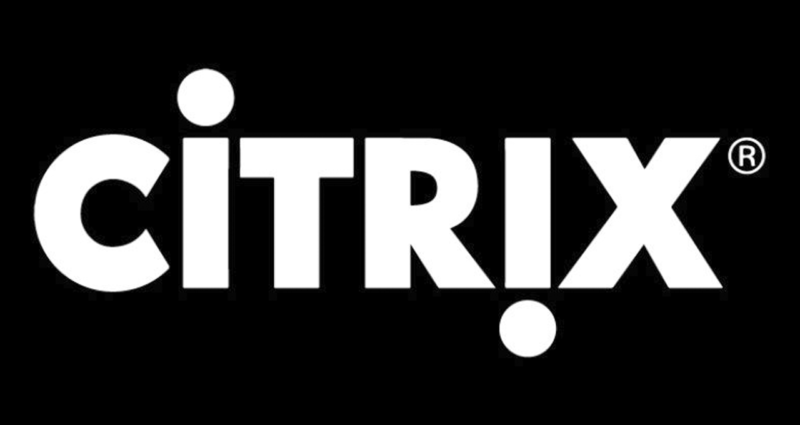In the dynamic realm of virtualization solutions, the exploration of alternatives to Citrix is essential. This article delves into the distinctive features and limitations of these alternatives, shedding light on their cost-effectiveness, seamless integration, user-friendliness, and security measures. Additionally, it addresses the imperative need for Citrix alternatives, emphasizing the factors driving this quest, including cost efficiency, flexibility, compatibility, security, and adaptability to evolving technological landscapes.
Exploring Citrix Alternatives: Unveiling Features and Limitations
In the realm of virtualization solutions, Citrix alternatives present both advantages and drawbacks. Understanding their distinctive features and limitations is crucial for making informed decisions in enterprise environments.
Features
- Economical Licensing Models: Affordable and customizable licensing structures cater to diverse organizational budgets.
- Seamless Ecosystem Integration: Integration with various hardware and software ecosystems ensures compatibility and smooth operation within existing IT setups.
- User-Friendly Interface: Intuitive interfaces enhance user experience, simplify navigation, and reduce the learning curve for administrators and end-users alike.
- Robust Security Measures: Advanced security protocols and encryption mechanisms provide a secure virtual environment, safeguarding sensitive data and ensuring compliance.
Limitations
- Performance Bottlenecks during Scalability: Some alternatives may experience performance bottlenecks as user numbers increase, necessitating careful planning for scalable deployments.
- Feature Parity Challenges: Achieving complete feature parity with Citrix might be challenging, prompting organizations to prioritize and assess if critical functionalities align with their specific needs.
- Limited Third-Party Application Support: Certain alternatives may have limitations in supporting a wide range of third-party applications, potentially impacting compatibility with specific business tools.
- Potential Learning Curve: Implementation and adoption may involve a learning curve for administrators and users, impacting productivity during the initial stages of deployment.
What Sets Citrix Alternative Apart?
In the dynamic landscape of virtualization solutions, exploring alternatives to Citrix unveils myriad distinctive features that set them apart. These alternatives, whether due to cost-effectiveness, unique functionalities, or compatibility advantages, have garnered attention in enterprise environments seeking flexibility and efficiency.
One significant aspect that distinguishes Citrix alternatives is their cost-effectiveness. Many organizations are drawn to these alternatives due to their economical licensing models, allowing for a more tailored approach to expenses based on specific usage needs.
This financial flexibility can be particularly appealing for businesses with varying user requirements or those looking to optimize their IT budgets without compromising on the quality of virtualization services.
Another standout feature is the seamless integration with diverse hardware and software ecosystems. Citrix alternatives are designed to fit effortlessly into existing IT infrastructures, ensuring compatibility and minimizing disruptions to workflows.
This compatibility extends beyond basic integration, fostering a harmonious coexistence within the organization’s technology landscape. This can be crucial for businesses looking to implement virtualization solutions without overhauling their current systems.
User-friendliness is a key factor that sets these alternatives apart. Intuitive interfaces enhance the overall user experience, reducing the learning curve for administrators and end-users alike. The goal is to streamline navigation and make virtualization tools more accessible, ultimately increasing productivity and efficiency within the organization.
Robust security measures are also a distinguishing feature of Citrix alternatives. With a focus on protecting sensitive data and ensuring compliance with industry regulations, these alternatives often employ advanced security protocols and encryption mechanisms. This commitment to security is crucial in an era where data breaches and cyber threats pose significant risks to organizations across various industries.
Addressing the Imperative: The Need for a Citrix Alternative

As organizations seek optimal virtualization solutions, the need for a Citrix alternative arises. Factors such as cost, flexibility, and specific feature requirements drive this quest for alternatives that align more closely with unique business objectives and constraints.
1. Cost Efficiency and Budget Optimization
The pursuit of a Citrix alternative often stems from the need for more cost-effective solutions. Evaluating licensing models, subscription plans, and potential hidden costs allows organizations to optimize their budgets without compromising critical features.
2. Enhanced Flexibility and Customization
Businesses require flexibility in their virtualization solutions to adapt to evolving needs. Citrix alternatives provide customization options, allowing organizations to tailor virtualization tools to their specific requirements, providing a more adaptable and scalable solution.
3. Overcoming Compatibility Challenges
Incompatibility with existing hardware and software can hinder workflow efficiency. Citrix alternatives are sought to seamlessly integrate with diverse technology ecosystems, mitigating compatibility challenges and ensuring a smooth transition without disrupting daily operations.
4. Tailored Security Measures and Compliance
Security concerns and industry-specific compliance requirements drive organizations to explore alternatives to Citrix. Choosing an alternative with robust security protocols, encryption mechanisms, and adherence to compliance standards is crucial for safeguarding sensitive data and maintaining regulatory adherence.
5. Adapting to Evolving Technological Landscapes
In the face of rapidly advancing technologies, the need for a Citrix alternative becomes apparent. Organizations seek alternatives that not only keep pace with technological innovations but also offer forward compatibility. This ensures that the chosen solution remains relevant and can seamlessly integrate with emerging technologies, providing a future-proof virtualization strategy that aligns with the organization’s long-term goals and technological advancements in the industry.
Exploring Commonly Used Citrix Alternatives: Navigating the Virtualization Landscape

In the realm of virtualization solutions, various alternatives to Citrix have gained popularity, each offering unique features and advantages. From cost-effective options to robust security-focused platforms, understanding these alternatives is essential for organizations seeking tailored virtualization solutions that align with their specific needs, budget constraints, and performance requirements.
1. VMware Horizon
VMware Horizon stands out as a robust alternative, known for its seamless desktop and application virtualization. With features like instant clone technology and unified endpoint management, Horizon offers scalability and comprehensive management capabilities.
2. Microsoft Remote Desktop Services (RDS)
Microsoft RDS provides a familiar environment for Windows users. Offering remote access to applications and desktops, RDS integrates well with Microsoft’s ecosystem, making it a compelling choice for organizations heavily invested in Microsoft technologies.
3. VirtualBox
As an open-source alternative, VirtualBox is favored for its flexibility and compatibility across different operating systems. It supports a wide range of guest OS environments, making it suitable for development, testing, and diverse virtualization needs.
4. Amazon WorkSpaces
Amazon WorkSpaces, part of Amazon Web Services (AWS), delivers cloud-based desktops on-demand. With secure and scalable solutions, it is ideal for organizations looking to leverage cloud infrastructure for virtual desktops.
5. Parallels RAS
Parallels RAS focuses on simplicity and user experience, providing seamless access to applications and desktops. It supports various hypervisors and integrates with Microsoft Azure, making it an attractive option for businesses seeking ease of deployment.
6. XenServer
XenServer, an open-source virtualization platform, offers robust performance and scalability. Developed by Citrix, it stands as an alternative for organizations wanting a hypervisor with features like live VM migration and centralized management.
7. KVM (Kernel-based Virtual Machine)
KVM is a Linux-based alternative, integrated into the Linux kernel. Known for its performance and stability, KVM provides a hypervisor solution suitable for running multiple virtual machines on Linux-based systems.
8. Oracle VirtualBox
Oracle VirtualBox is a powerful, cross-platform virtualization tool that supports various guest operating systems. With features like snapshot capabilities and virtual machine cloning, it is popular for both development and production environments.
9. Nutanix Acropolis Hypervisor (AHV)
Nutanix AHV is an enterprise-grade hypervisor designed for hyper-converged infrastructure. With integrated storage and networking, it simplifies infrastructure management while providing virtualization capabilities.
10. Proxmox Virtual Environment (Proxmox VE)
Proxmox VE combines virtualization with container-based solutions in a single platform. Known for its user-friendly interface and support for both KVM and LXC, Proxmox VE is suitable for organizations seeking an integrated approach to virtualization.
Navigating the Decision: Key Factors When Choosing a Citrix Alternative

When venturing beyond Citrix for virtualization solutions, understanding the critical factors is paramount. From cost considerations to scalability and security, several elements play a pivotal role in selecting the right alternative that aligns with an organization’s unique needs and goals.
1. Cost-Effectiveness
Cost is a fundamental factor. Evaluate licensing models, subscription plans, and potential hidden costs to ensure the chosen alternative aligns with budgetary constraints without compromising essential features.
2. Scalability and Performance
Scalability is crucial for accommodating future growth. Assess the alternative’s ability to scale seamlessly, ensuring performance remains robust as user numbers and workloads increase.
3. Compatibility and Integration
Examine how well the alternative integrates with existing hardware and software ecosystems. Compatibility issues can disrupt workflows, making it essential to choose a solution that aligns smoothly with the organization’s technology landscape.
4. Security Protocols
Security is non-negotiable. Investigate the alternative’s security features, including encryption, access controls, and compliance measures. A robust security framework is vital for safeguarding sensitive data and maintaining regulatory compliance.
5. User Experience and Training
Evaluate the user-friendliness of the alternative’s interface. A streamlined user experience reduces the learning curve for administrators and end-users, fostering increased productivity. Additionally, consider the availability of training resources to facilitate a smooth transition during implementation.
Conclusion
As organizations navigate the virtualization landscape, understanding the features and limitations of Citrix alternatives becomes paramount. Whether driven by cost considerations, the need for flexibility, or security concerns, these alternatives offer a diverse array of solutions. From widely adopted options like VMware Horizon and Microsoft RDS to open-source alternatives like VirtualBox and KVM, businesses can tailor their virtualization strategies to align with their unique requirements. This exploration of commonly used Citrix alternatives provides a comprehensive guide for organizations seeking tailored virtualization solutions in the ever-evolving technological landscape.









